“The internet is full of mindless crap!” – ever heard this expression before?
This sentiment is not new; it echoes a longstanding skepticism towards different forms of art. Artists throughout history, across various mediums, have faced their share of criticism. Why do art online often get dismissed as ‘not real art’?
Imagine standing before a canvas, your brush poised as you’re about to leave your mark on the vast world of art. But these harsh whispers of doubt are hard to shrug off. What is art in the modern world? Is it a splash of digital pixels, a stroke of a paintbrush, or something more?
The very definition of the word has evolved over time. However, from an academic standpoint, art is fundamentally about expression. The medium it’s presented in, the quality, the context, and even the audience’s response are now secondary considerations.
In 2023, art is art, regardless of its form or reception. Whether it resonates with you is a matter of personal taste. The notion of ‘real art’ is, after all, a subjective one, based on individual preferences.
For the simplicity of this article, the form of art in focus here is majorly illustrative art. However, do not feel limited and allow your creative minds to correlate to whichever art form you deem suitable in a similar context. There is no intention of placing presedence to any art form over the other.
As we delve into the realm of artistic expression, it’s fascinating to observe how the definition of art has evolved, particularly through the lens of psychology. Today, art transcends traditional boundaries, embracing a digital frontier that challenges and expands our understanding of creativity and self-expression.
Let’s explore how modern art is shaped by artists’ thoughts, feelings, and experiences. This journey into contemporary art helps us understand how artists use their minds and emotions in their creations, touching briefly in to how technology changes the way art is made and how people react to it.
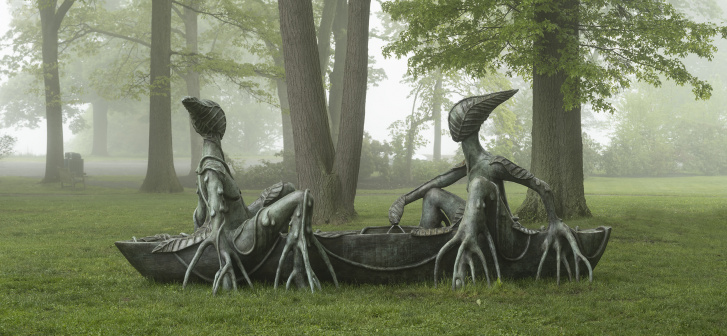
Let’s uncover the intricacies of modern art, where every detail, from brushstrokes to digital pixels, tells a deeper story about what it means to be human. The following outline is how the article will be pieced.
- Historical Context:
- How the definition of art has changed throughout different historical periods, highlighting key movements or shifts.
- Defining Modern Art:
- The current trends, themes, and characteristics that define modern art.
- The Modern Artist’s Mindset:
- Delving into the mindset of modern artists. What drives them? How do they approach their work?
- The Role of Technology and Digital Media:
- The impact of digital technology on contemporary art forms and artists’ creative processes.
- Challenges and Opportunities:
- The challenges faced by modern artists
- The new opportunities available to modern artists
- Case Studies (Artist Spotlights):
- Case studies on modern artists who embody the concepts discussed.
Content created online and posted with the intent of expression, by definition, is art. Having established that, it’s essential to look back at how art has evolved over time. Understanding historical shifts and movements in art provides crucial context to the contemporary art scene. So let’s go back a little, shall we?
1. Historical Context
The definition of art has undergone significant transformations across various historical periods, each marked by distinct movements and shifts that have collectively shaped our modern understanding of art. The following are the known historical markers for art evolution along with the popular examples of each era.
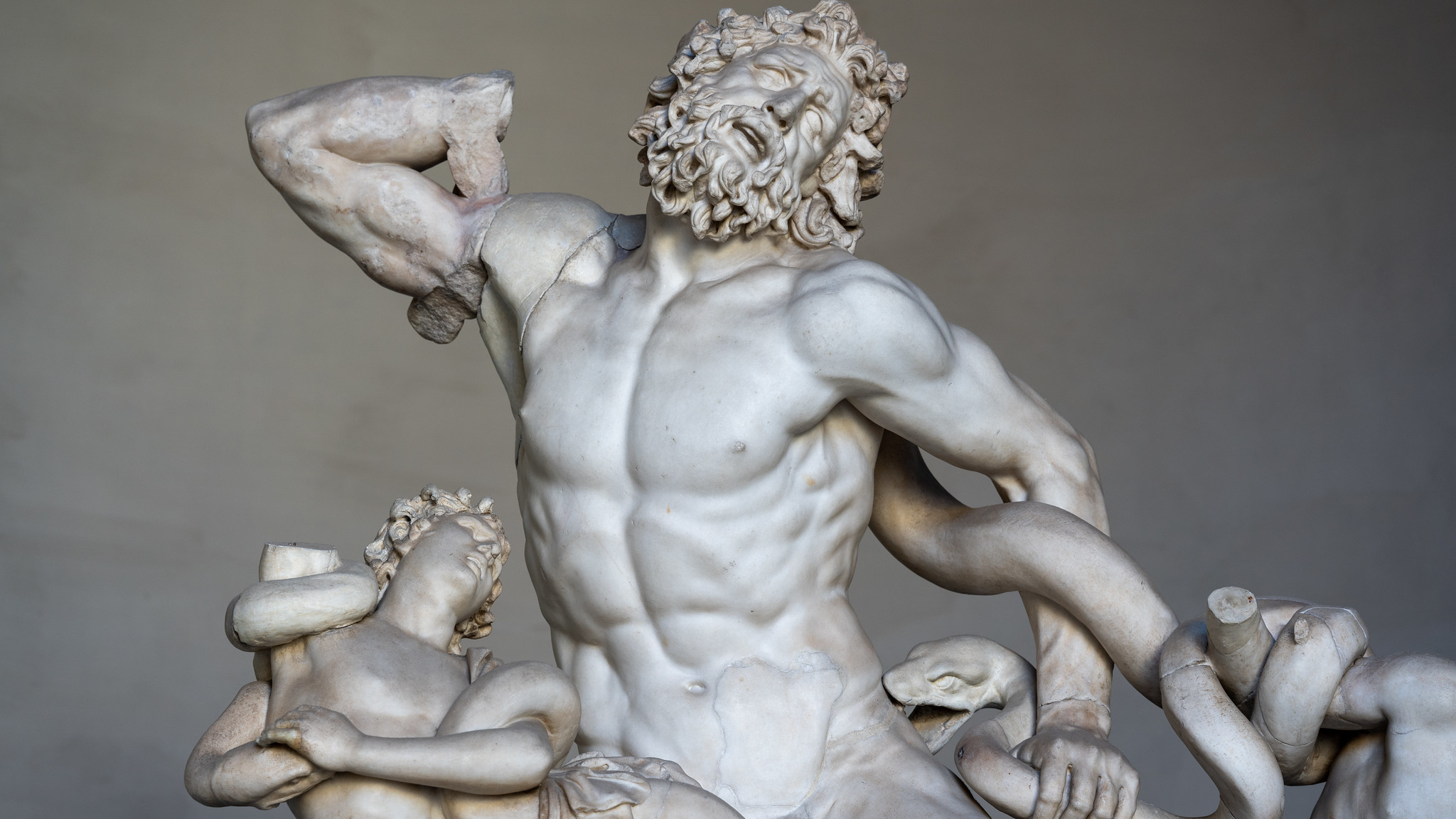
- Classical and Medieval Art: In ancient times, particularly in Greek and Roman societies, art was largely about realism and ideal beauty. The focus was on perfecting form and balance. During the medieval period, art primarily served religious purposes, symbolizing spiritual concepts and narratives.
- Classical Art: The statue of “Laocoön and His Sons” (Ancient Rome).
- Medieval Art: The “Bayeux Tapestry” depicting the Battle of Hastings.
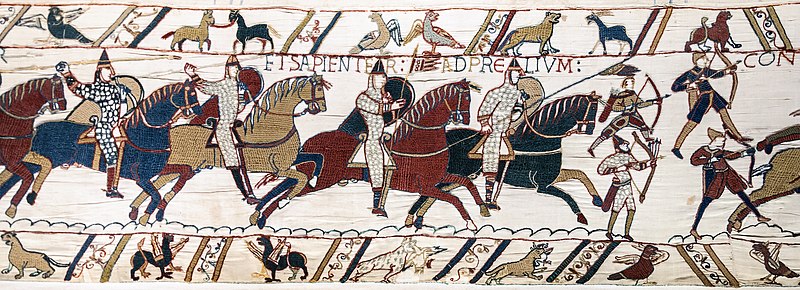
- Renaissance (14th to 17th Century): This era witnessed a revival of classical learning and an emphasis on humanism. Art became more focused on realistic portrayals of the human body and nature, with a renewed interest in perspective and anatomy.
- Leonardo da Vinci’s “Mona Lisa” and “The Last Supper”.
- Michelangelo’s “David” sculpture and the Sistine Chapel ceiling paintings.
- Baroque and Rococo (17th and 18th Century): The Baroque period introduced dramatic, detailed, and emotionally expressive art. Rococo followed with a lighter, more ornate style, often depicting themes of love and playfulness.
- Baroque: Caravaggio’s “The Calling of Saint Matthew.”
- Rococo: Jean-Honoré Fragonard’s “The Swing.”
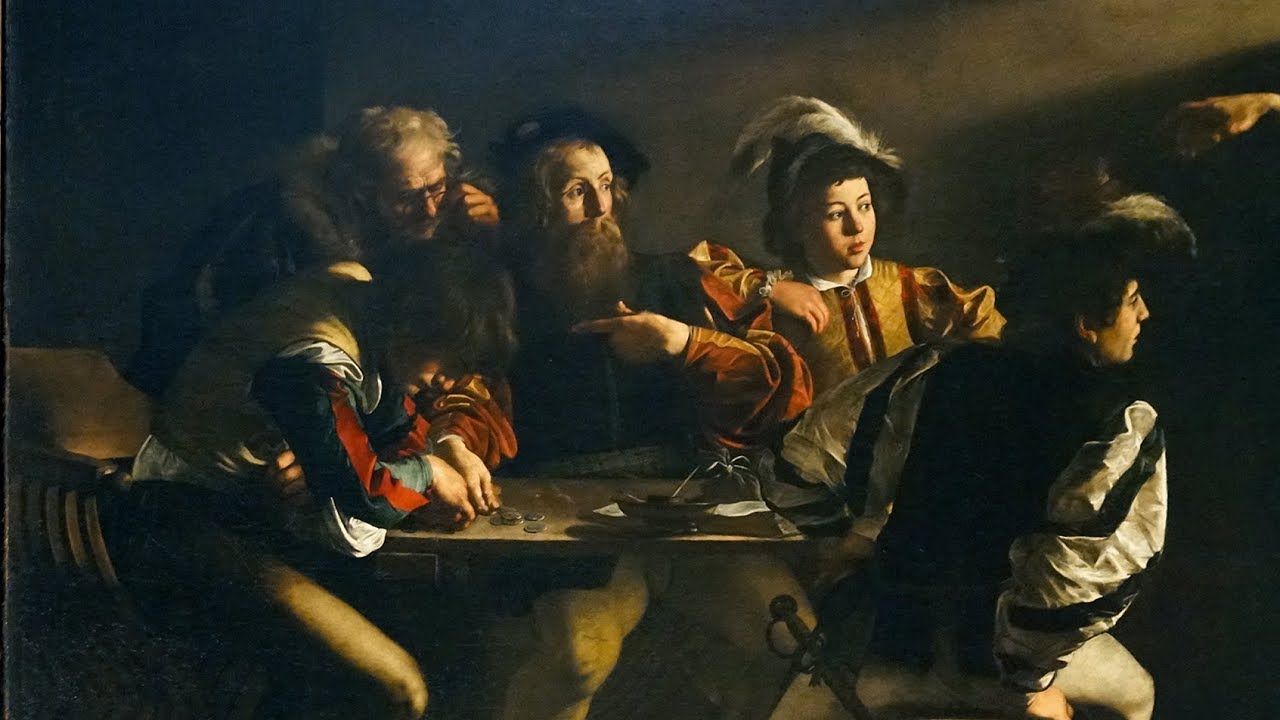
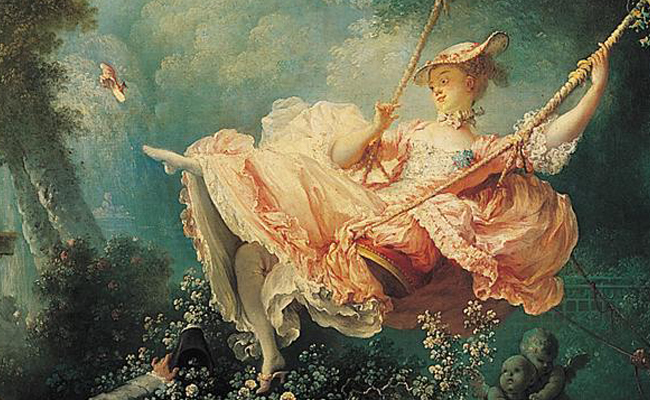
- Neoclassicism and Romanticism (Late 18th to Early 19th Century): Neoclassicism revived classical themes and simplicity, contrasting with Romanticism, which emphasized emotion, nature, and individualism.
- Neoclassicism: Jacques-Louis David’s “Oath of the Horatii.”
- Romanticism: Francisco Goya’s “The Third of May 1808.”
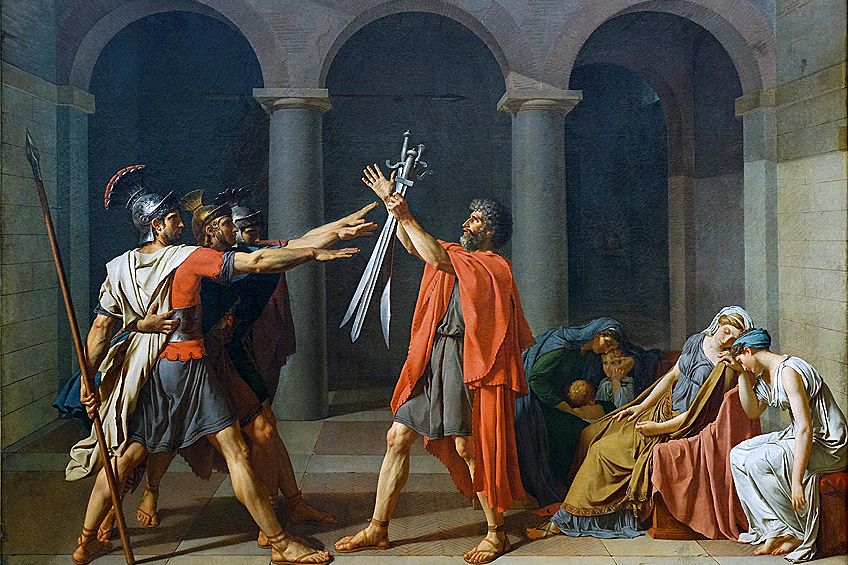
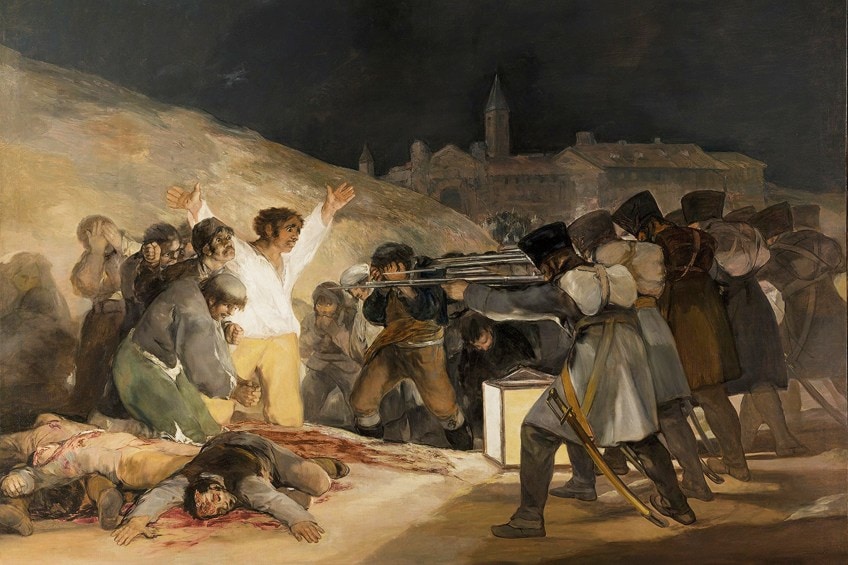
- Realism and Impressionism (19th Century): Realism emerged as a reaction against Romanticism, focusing on depicting everyday life without idealization. Impressionism broke away from realistic portrayals, emphasizing light and color with visible brushstrokes and a sense of movement.
- Realism: Gustave Courbet’s “The Stone Breakers.”
- Impressionism: Claude Monet’s “Impression, Sunrise.”
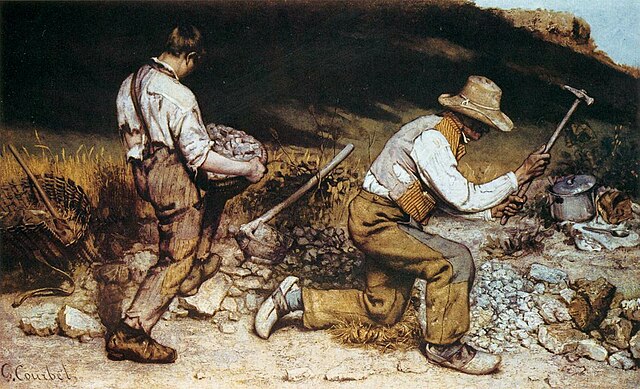
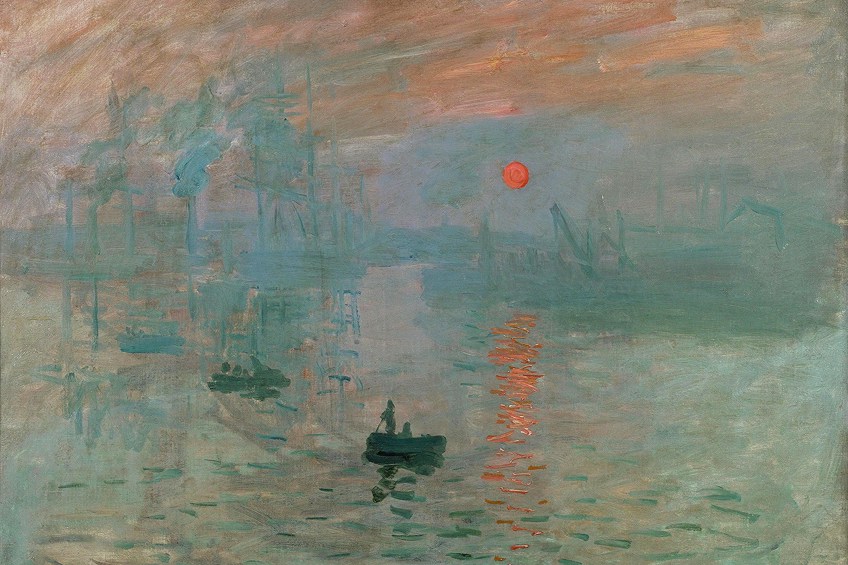
- Modernism (Late 19th to Mid-20th Century): This period saw a radical departure from traditional art forms. Movements like Expressionism, Cubism, Surrealism, and Abstract Expressionism experimented with form, perspective, and abstract ideas, challenging viewers to see beyond the conventional.
- Expressionism: Art that emphasizes the expression of emotions and inner experiences, often using bold colors and exaggerated forms.
- Edvard Munch’s “The Scream.”
- Cubism: A style where objects are broken up and reassembled in abstracted forms, often showing multiple perspectives in one artwork.
- Pablo Picasso’s “Les Demoiselles d’Avignon.”
- Surrealism: Art that combines dreamlike, bizarre scenes with reality, aiming to unlock the subconscious mind.
- Salvador Dalí’s “The Persistence of Memory.”
- Abstract Expressionism: A style focusing on spontaneous, abstract forms and emotional impact, often with a focus on the act of painting itself.
- Jackson Pollock’s “Number 1A, 1948.”
- Expressionism: Art that emphasizes the expression of emotions and inner experiences, often using bold colors and exaggerated forms.
- Contemporary and Postmodern Art (Mid-20th Century Onwards): Contemporary and postmodern art have further expanded the boundaries of art, including performance art, digital art, and conceptual art. These forms often challenge traditional aesthetics, focus on cultural and social issues, and blur the lines between high and low art.
- Performance Art: Marina Abramovi?’s “The Artist is Present.”
- Digital Art: The works of digital artist Mimi Onuoha.
- Conceptual Art: Damien Hirst’s “The Physical Impossibility of Death in the Mind of Someone Living.“
This historical evolution reflects a shift from art as a means of representation and religious or moral instruction to contemporary art trends. It sets the stage for understanding today’s diverse and expansive art world, where the boundaries of what constitutes art are continually being explored and redefined.
So other than the scrutiny of the internet trolls, the ‘haters’ and the displeased commenters smashing their keyboards, what else does modern art entail?
2. Defining Modern Art
Jokes aside, modern art is in fact a real challenge to define. In this era of rapid technological advances and global connectivity, defining modern art becomes both intriguing and complex. Modern art is not confined to a single style or medium; instead, it is characterized by its diversity and willingness to challenge conventions. So at best let’s breakdown some fundementals for an overview.
Diversity in Medium and Style: Modern art encompasses a range of mediums, from traditional painting and sculpture to digital art, installations, and performance art. This diversity reflects the myriad ways in which artists today express their creativity.
- Traditional Painting: Banksy’s street art, blending graffiti with distinctive stenciling techniques.
- Sculpture: Anish Kapoor’s reflective sculptures like “Cloud Gate” in Chicago.
- Digital Art: The interactive digital installations by teamLab.
- Installations: Yayoi Kusama’s immersive ‘Infinity Mirror Rooms.‘
- Performance Art: Marina Abramovi?’s performance piece “The Artist is Present.”
Breaking Conventions: A defining feature of modern art is its departure from traditional artistic norms. Artists experiment with new materials, techniques, and concepts, often blending different mediums or embracing abstract ideas.
- New Materials: Ai Weiwei’s “Sunflower Seeds,” made of porcelain.
- New Techniques: Jackson Pollock’s drip painting technique (see slides from previous section).
- Blending Mediums: Jeff Koons’ “Balloon Dog” combining sculpture with the concept of inflatable toys.
- Abstract Ideas: Kazimir Malevich’s “Black Square,” representing the birth of Suprematism.
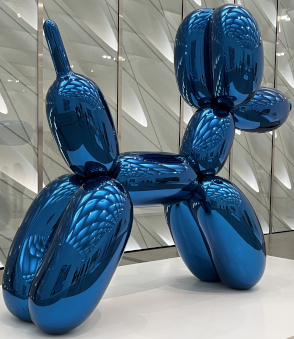
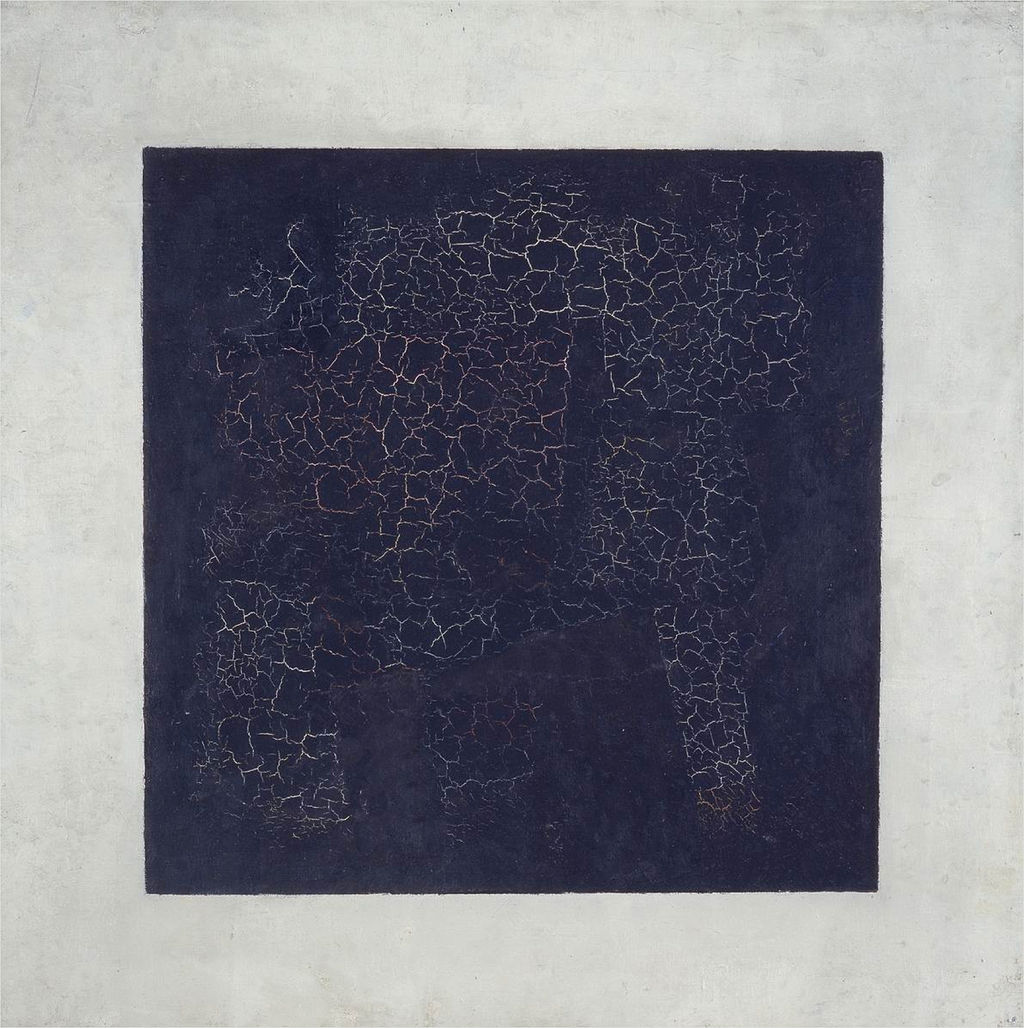
Reflecting Contemporary Issues: Modern art frequently addresses current social, political, and cultural issues. It serves as a mirror to contemporary life, reflecting the complexities and nuances of the modern world.
- Social Issues: Shepard Fairey’s “Hope” poster featuring Barack Obama.
- Political Issues: Banksy’s politically charged murals.
- Cultural Issues: Kara Walker’s silhouette installations exploring race and identity.
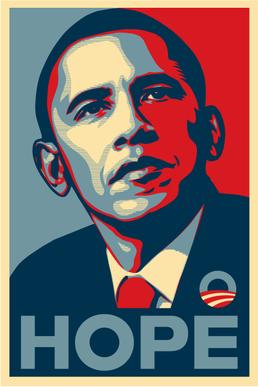
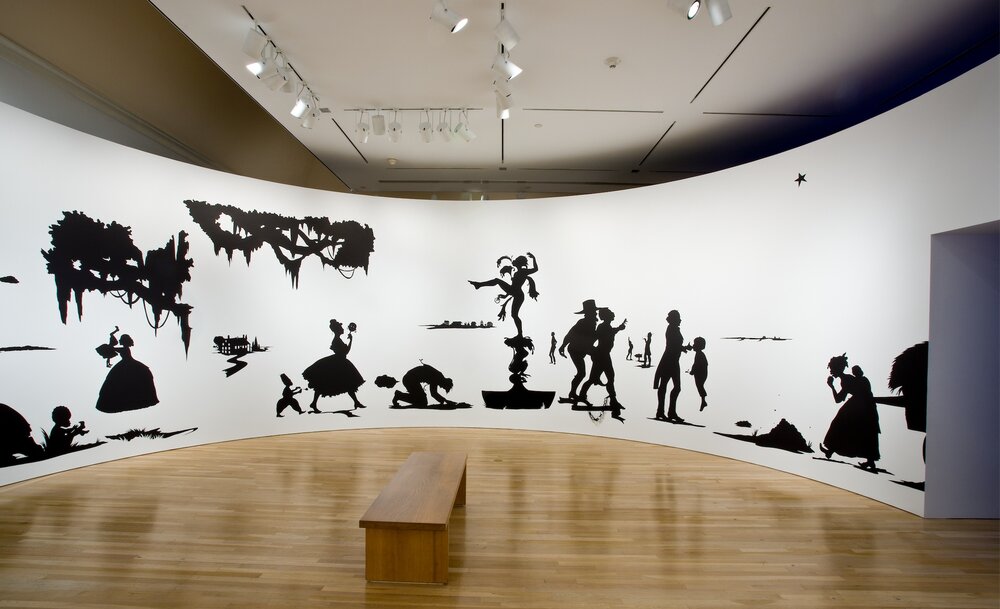
Personal Expression and Interpretation: Modern art places a strong emphasis on individual expression and interpretation. It values the unique perspective of each artist and viewer, often leaving room for multiple interpretations.
- Tracey Emin’s “My Bed,” an autobiographical piece symbolizing a depressive episode.
- Frida Kahlo’s self-portraits, reflecting her personal experiences and emotions.
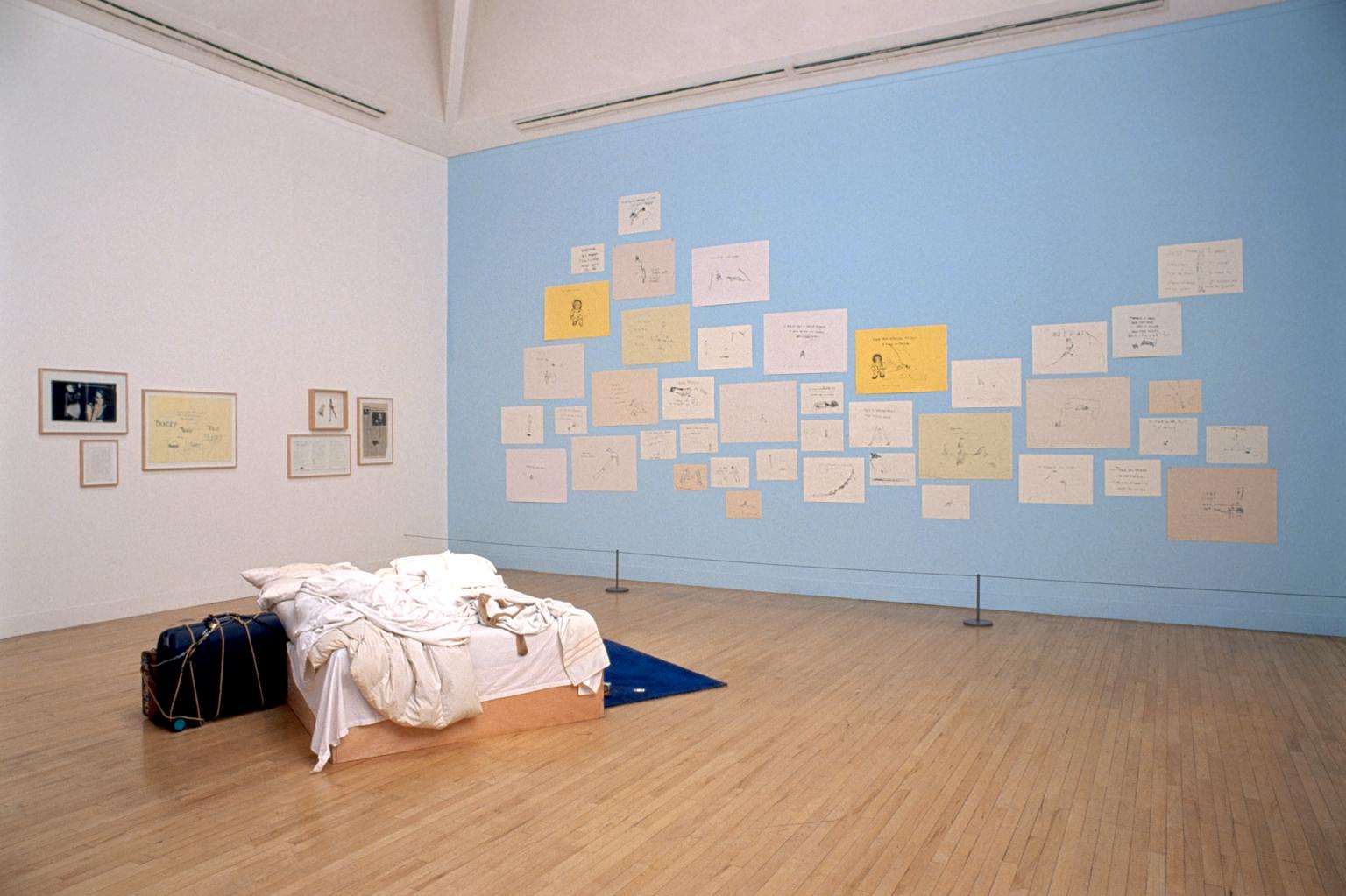
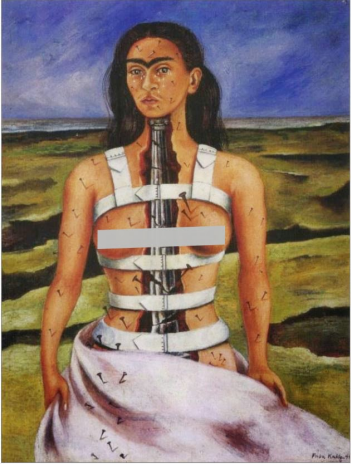
The Digital Influence: The rise of digital technology has had a significant impact on modern art. Digital tools have not only introduced new forms of art. They have also transformed how art is created, shared, and experienced. This significantly impacts the landscape of contemporary art.
- Beeple’s digital artwork “Everydays: The First 5000 Days,” a collage of digital images.
- Rafael Lozano-Hemmer’s interactive digital installations responding to the presence of viewers.
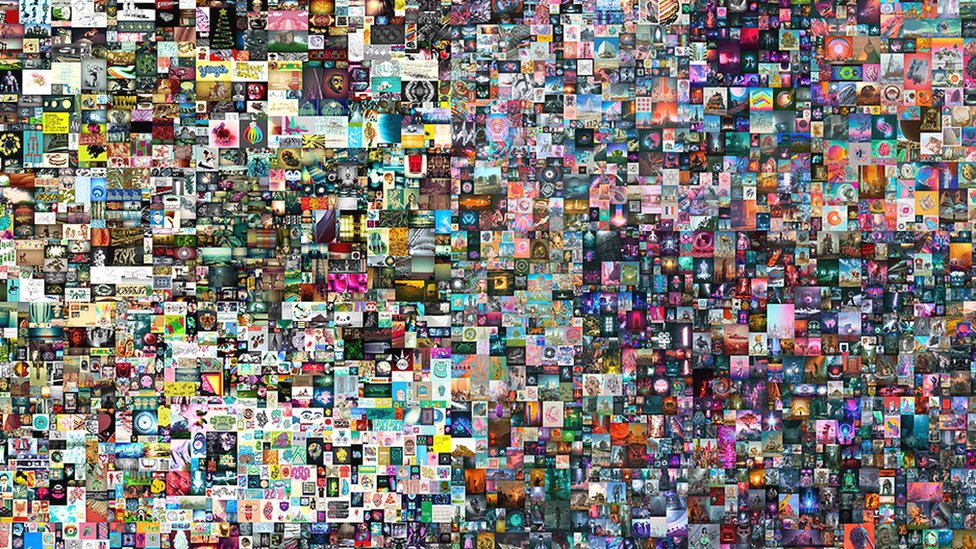
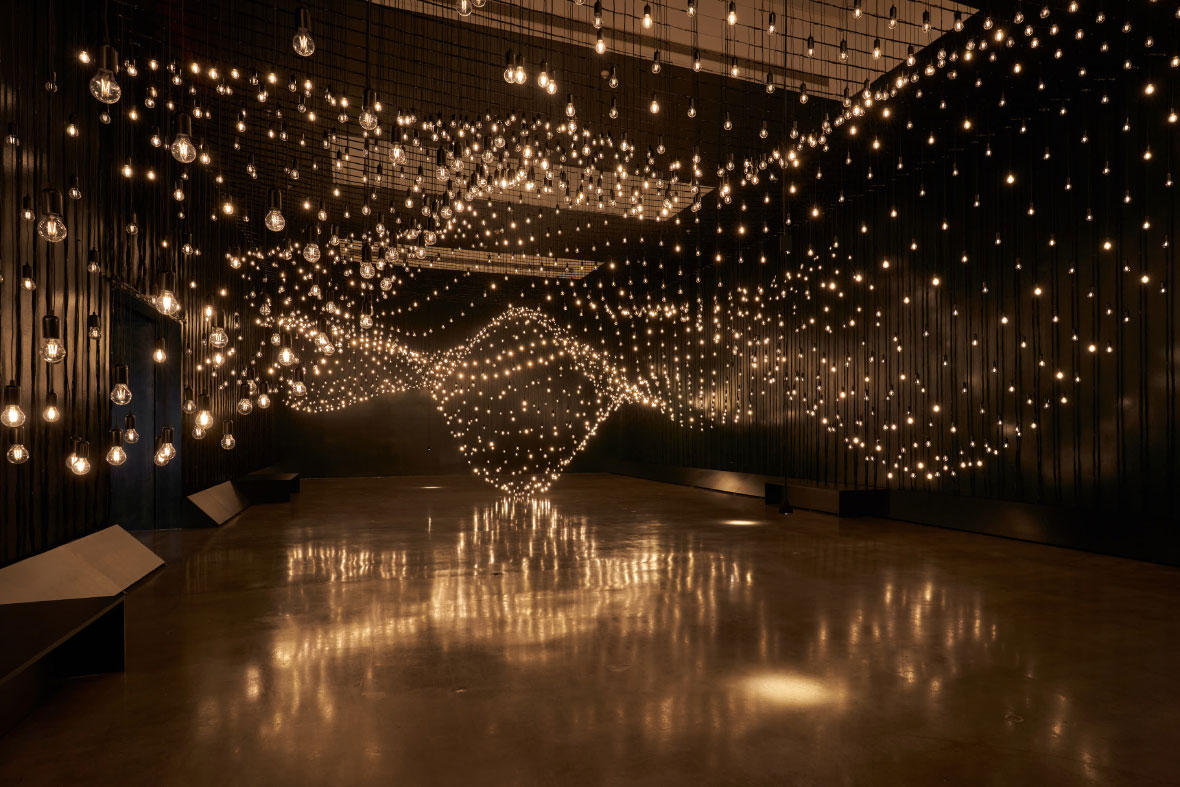
Therapeutic Qualities of Modern Art: Today, modern art is used for healing and emotional expression. Recent emphasis on personal growth and development uses art forms in expressing feelings and finding comfort, making it a valuable tool for mental health in our fast-paced world.
- Art Therapy Programs: Hospitals and wellness centers incorporate art therapy programs, where patients create art to aid in emotional healing and expression. For example, the use of painting or clay modeling to help individuals process trauma or stress.
- Personal Development through Art: Many artists, like Tracey Emin, use their art as a means of personal exploration and expression. Emin’s deeply personal artworks serve as a form of catharsis and self-reflection.
- Community Art Projects: Community-based art projects can be therapeutic for participants, fostering a sense of belonging and collective healing. For instance, mural projects in urban areas that involve local communities in the creation process, promoting social cohesion and individual well-being.
This concise overview of modern art highlights its fluid and dynamic nature, underscoring the importance of understanding art as an evolving and reflective practice in our contemporary society.
With the evolving definition of modern art outlined, it’s time to dicipher the source of this creativity. The upcoming section will give us an insight into the creative processes and inspirations of contemporary artists. Ready?
3. The Modern Artist’s Mindset

What is the modern artist’s mindset like? Understanding the mindset of the the new age creator is as fascinating as the artworks themselves. Today’s artists navigate a landscape vastly different from their predecessors, marked by rapid technological changes and a globalized society.
Diverse Inspirations and Drives: Modern artists are driven by a mix of personal, social, and cultural motivations. Their art often reflects a deep engagement with current events, personal experiences, and the broader cultural dialogue. This eclectic mix of inspirations is evident in the wide range of themes and styles present in contemporary art.
- Ai Weiwei’s art, often politically charged, reflects his engagement with social and cultural issues, such as his commentary on the Chinese government in works like “Sunflower Seeds.”
- Yayoi Kusama’s immersive installations, like the “Infinity Mirror Rooms,” are deeply personal, stemming from her own experiences and psychological conditions.
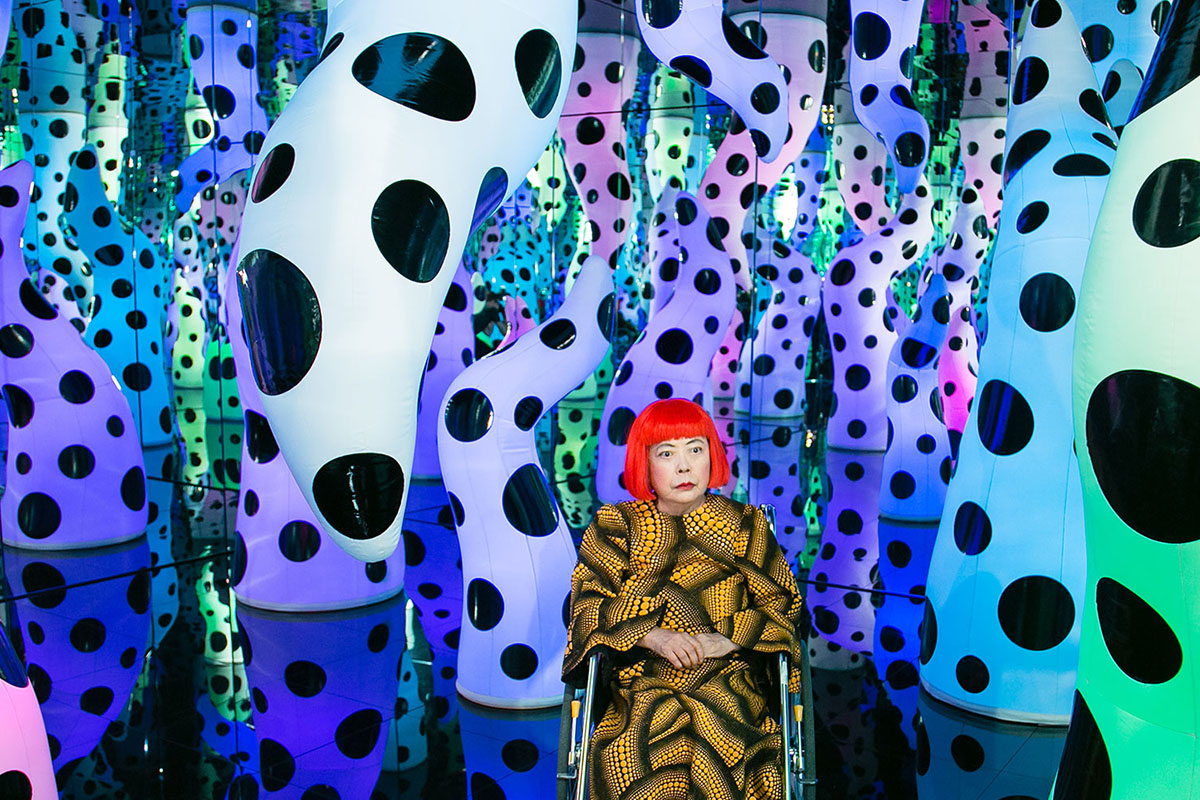
Approaches to Work: The approach to creating art has dramatically evolved. There’s an increasing emphasis on experimentation and pushing boundaries. Artists today are not just painters or sculptors; they are innovators, often blurring the lines between different artistic disciplines. They might combine traditional techniques with digital mediums or explore entirely new forms of expression.
- Olafur Eliasson’s installations often blend natural phenomena with technology, like his “Weather Project” at the Tate Modern.
- Banksy, known for his street art, often incorporates socio-political themes, blending graffiti with distinctive stenciling.
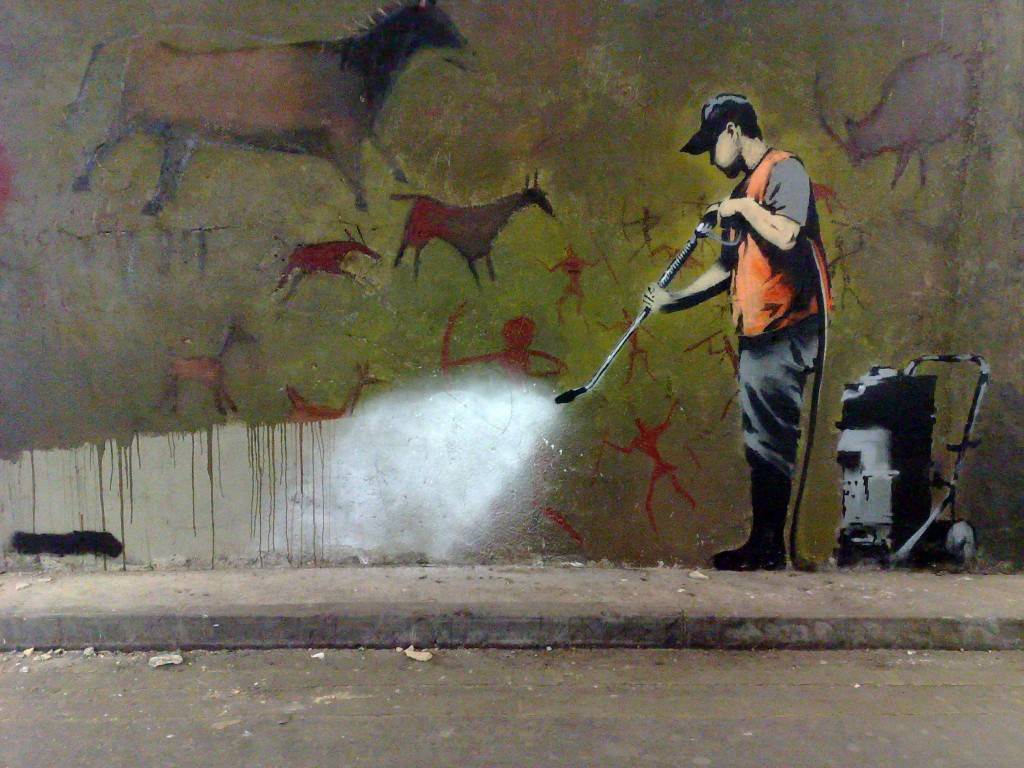
Experimentation and Innovation: Experimentation lies at the heart of the modern artist’s mindset. Whether it’s experimenting with new materials, techniques, or concepts, the drive to explore uncharted territory is a defining trait of contemporary art. This experimentation is not just about creating something new but also about challenging the viewer’s perceptions and expectations.
- Damien Hirst’s use of formaldehyde to preserve animals in works like “The Physical Impossibility of Death in the Mind of Someone Living” showcases experimentation with materials.
- Marina Abramovi?’s performance art, particularly “The Artist is Present,” challenges traditional art forms and audience engagement.
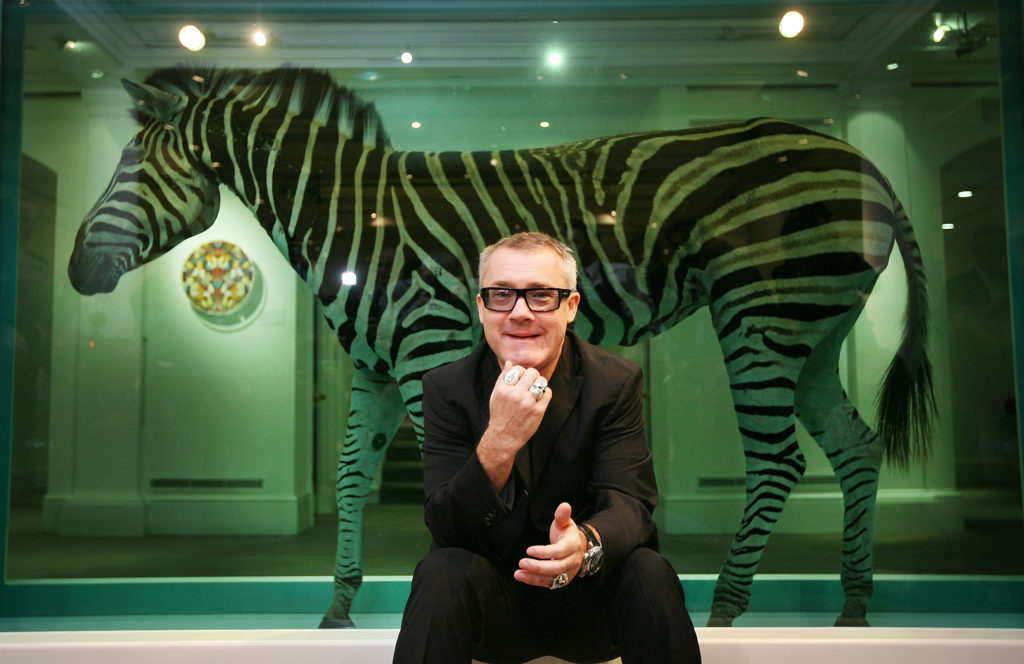
Digital Influence: The digital age has significantly impacted the way artists create and share their work. Digital tools have opened up new possibilities for creation, from digital painting and 3D modeling to augmented reality experiences. Social media and online platforms have become integral, allowing artists to reach wider audiences and engage with communities in real-time.
- Rafael Lozano-Hemmer’s interactive installations use digital technology to create responsive environments based on audience participation.
- Digital artists like Beeple, who creates daily digital art pieces, often sharing them on platforms like Instagram.
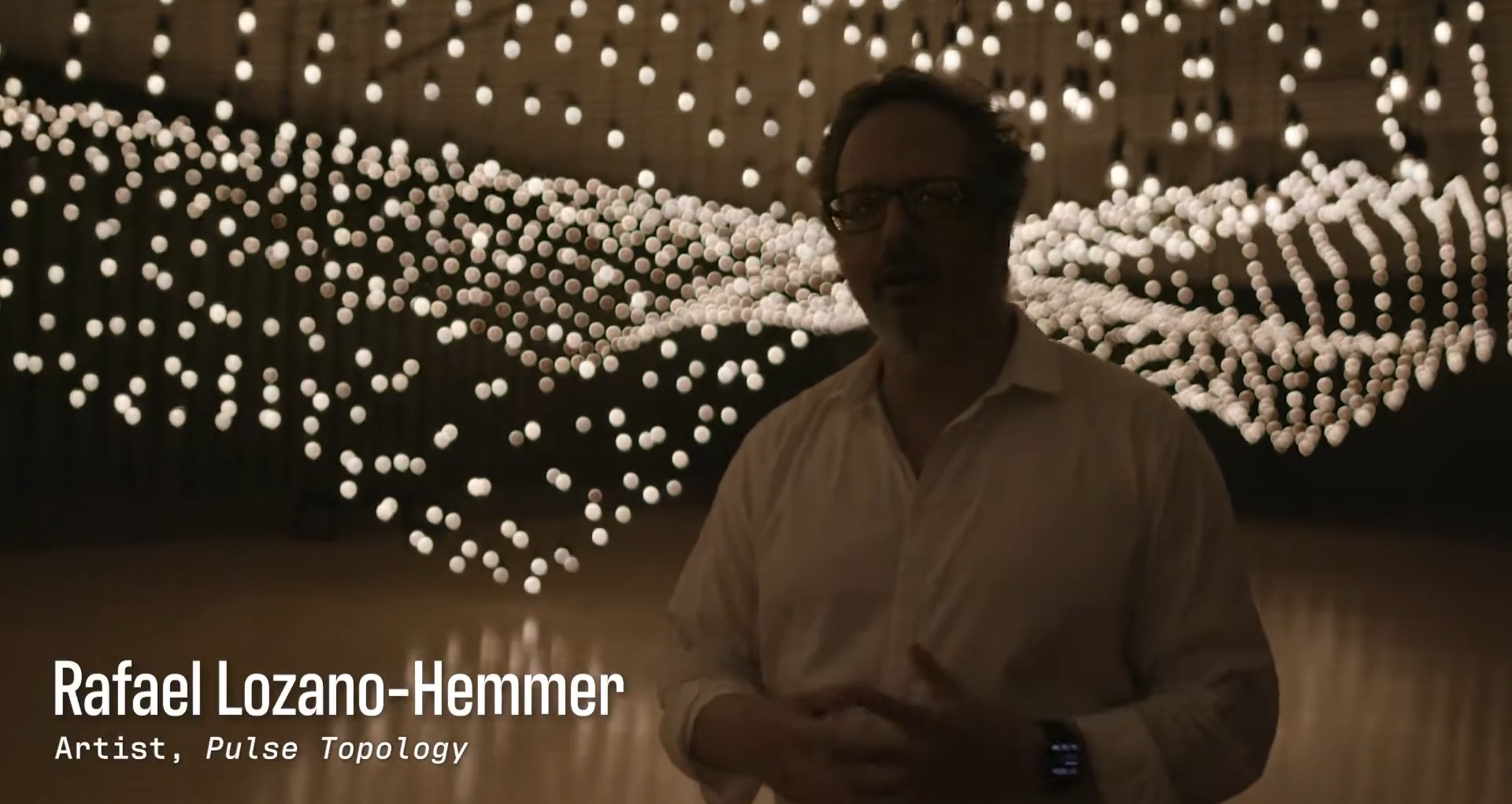
Social Commentary and Personal Expression: Many modern artists use their work as a platform for social commentary, addressing issues like politics, environment, identity, and human rights. Additionally, personal expression remains a core aspect, with artists often using their work as a means of exploring and sharing their inner worlds.
- Jean-Michel Basquiat’s works often commented on issues like race, poverty, and class, blending text and imagery in his unique style.
- Tracey Emin’s “My Bed” is a deeply personal expression of a period in her life, conveying emotional turmoil and intimacy.
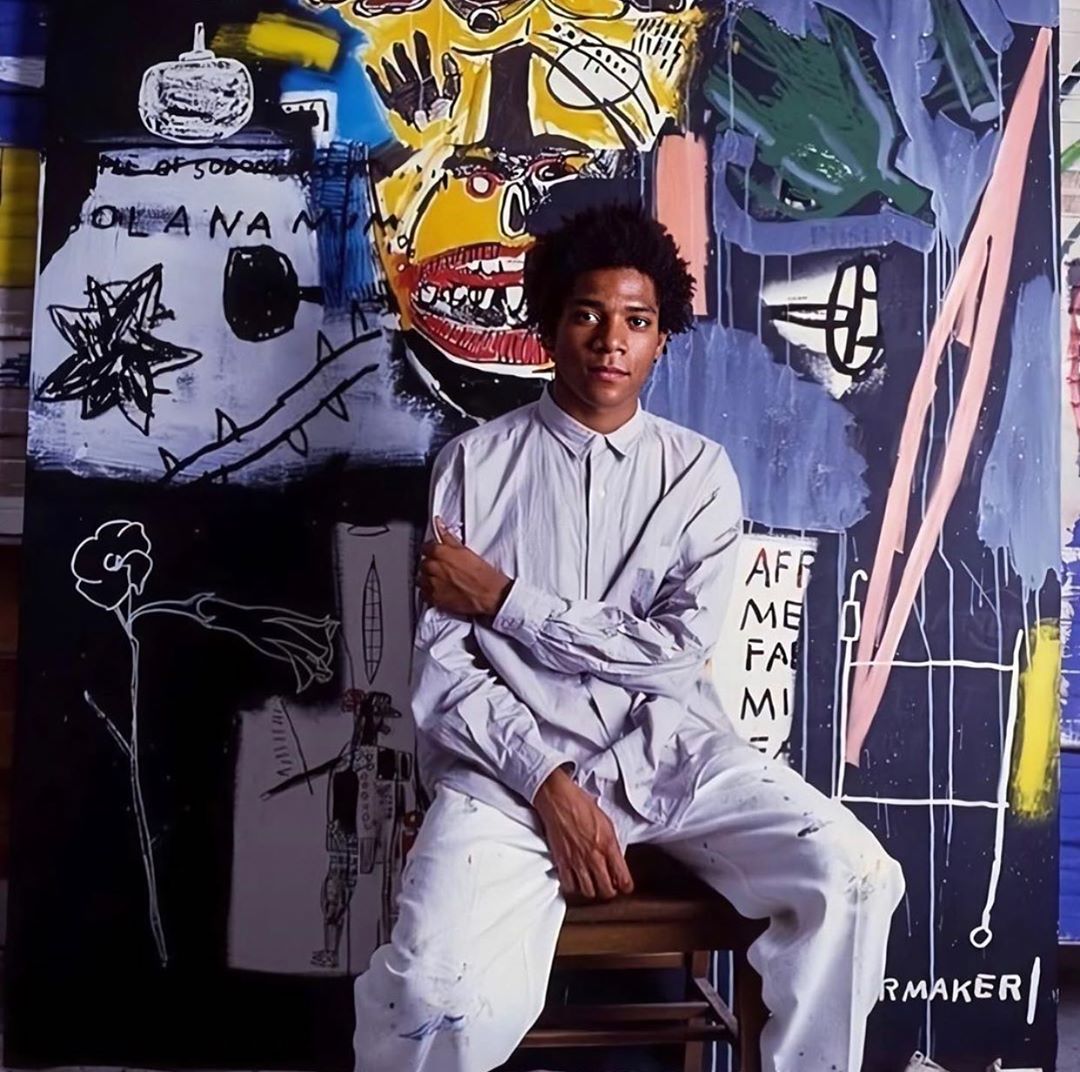
The Role of Personal Expression: In today’s art, personal expression is more pronounced than ever. Artists often draw on their own experiences, emotions, and perspectives to create works that are intensely personal yet universally relatable.
- Frida Kahlo’s self-portraits, which reflect her personal experiences, pain, and culture.
- Georgia O’Keeffe’s paintings, particularly her flower series, which were interpretations of her personal experiences and emotions.
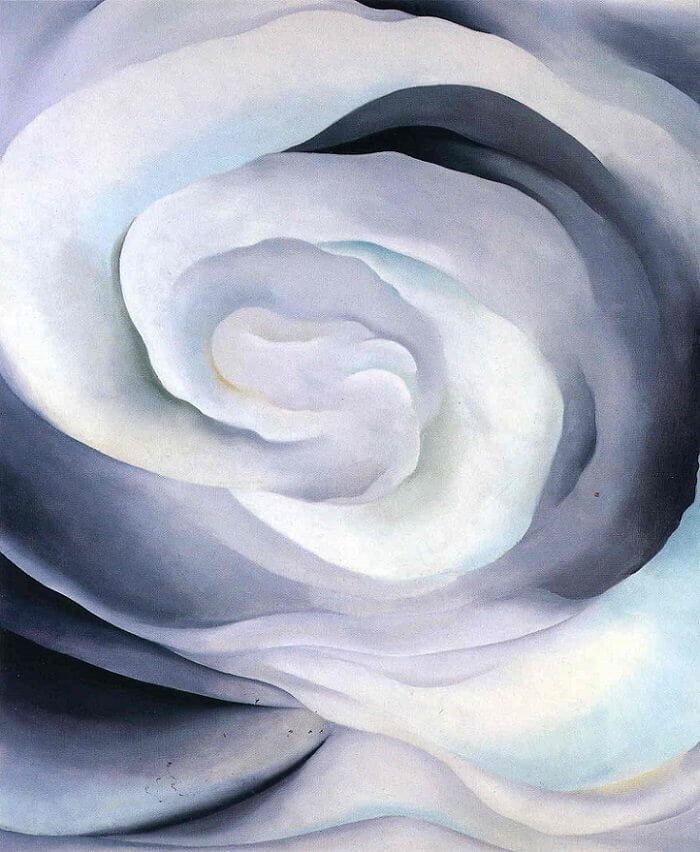
The mindset of the modern artist is a complex blend of curiosity, innovation, and reflection. It’s a mindset that not only produces uniquely thought-provoking artworks but also continually redefines what art can be and what it can achieve in our ever-changing world.
As we’ve uncovered the mindset driving modern artists, it’s time to look at how their creative expressions are realized in the digital age. Technology changes the game! Let’s see how.
4. The Role of Technology and Digital Media
In today’s art world, technology and digital art innovations pivotal roles, revolutionizing not only the creation but also the distribution and reception of art. How? In a multitude of ways.
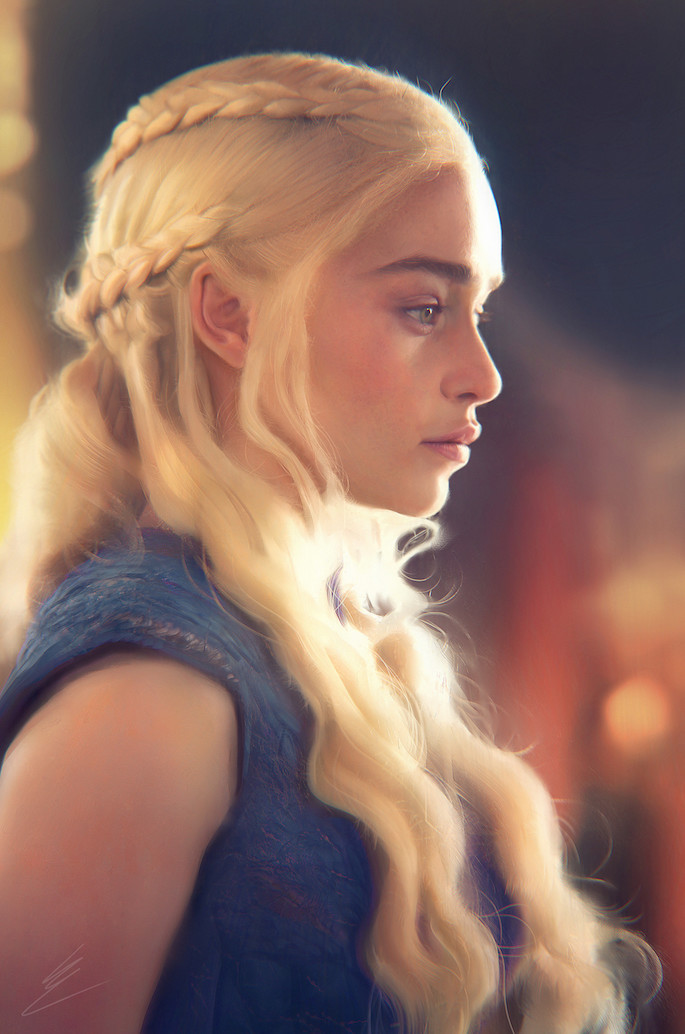
Transforming Art Creation: Digital technology has introduced new artistic mediums and techniques, allowing artists to push the boundaries of traditional art. Tools like digital painting software, 3D modeling, and augmented reality (AR) have opened up novel ways for artists to express their creativity. This fusion of art and technology results in artworks that were unimaginable just a few decades ago.
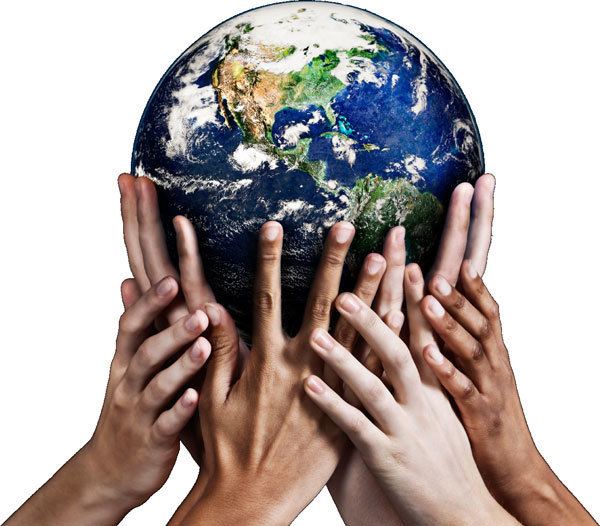
Expanding Accessibility and Reach: The internet and social media platforms have transformed how art is shared and experienced. Artists can now reach global audiences with a click, showcasing their work on digital galleries, Instagram, or other social media platforms. This democratization of art has made it more accessible, allowing people from all over the world to view, discuss, and purchase art like never before.
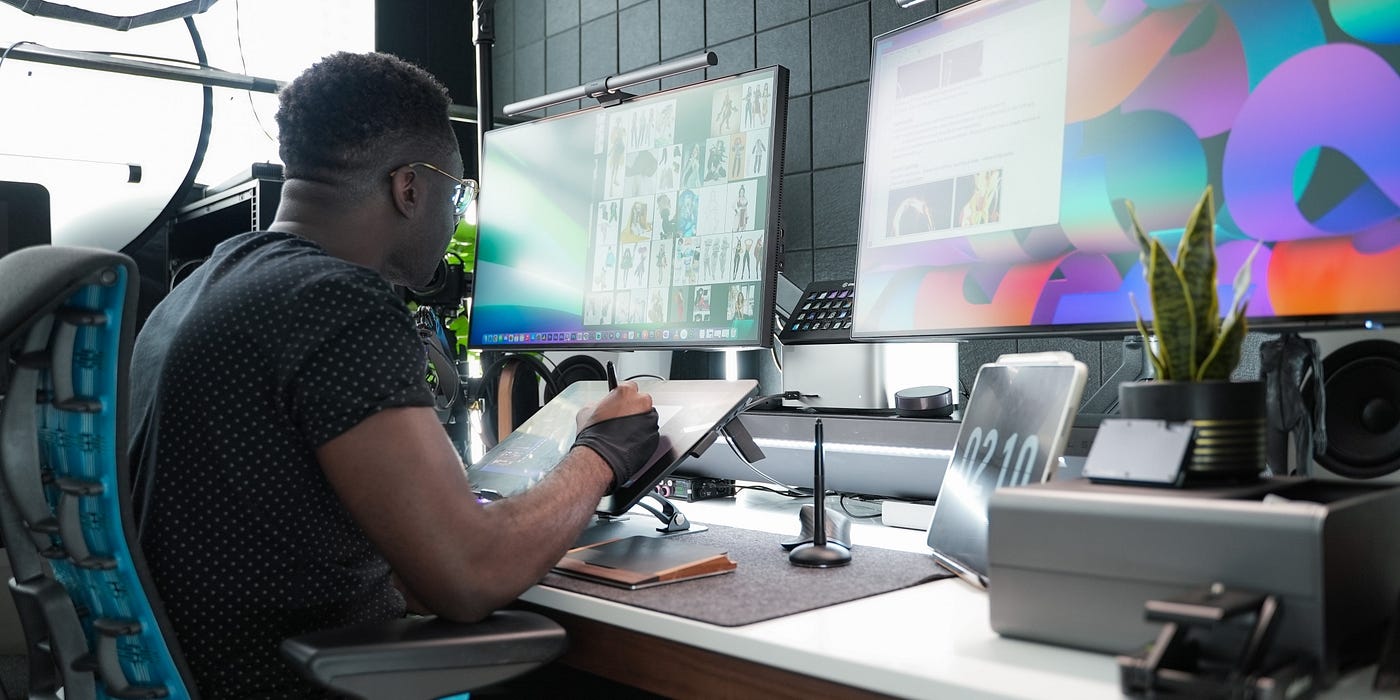
Digital Art and NFTs: The emergence of digital art forms, especially Non-Fungible Tokens (NFTs), has introduced a new asset class in the art market. NFTs have not only changed the way digital art is owned and traded but also challenged traditional notions of ownership and value in art.
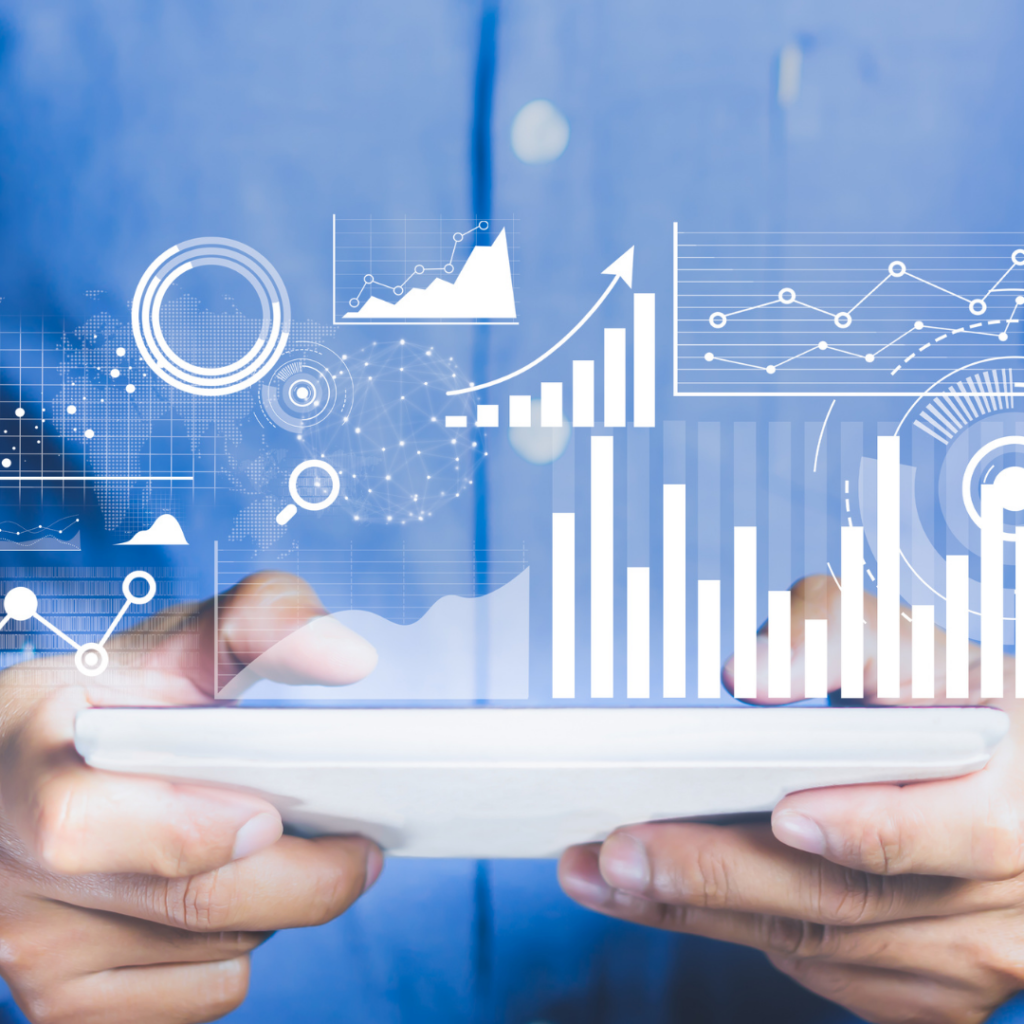
Data-Driven Insights: Technology enables collectors and galleries to utilize data analytics for making informed decisions. Market trends, artist popularity, and pricing insights are now at the fingertips of collectors, enhancing their ability to make strategic acquisitions.
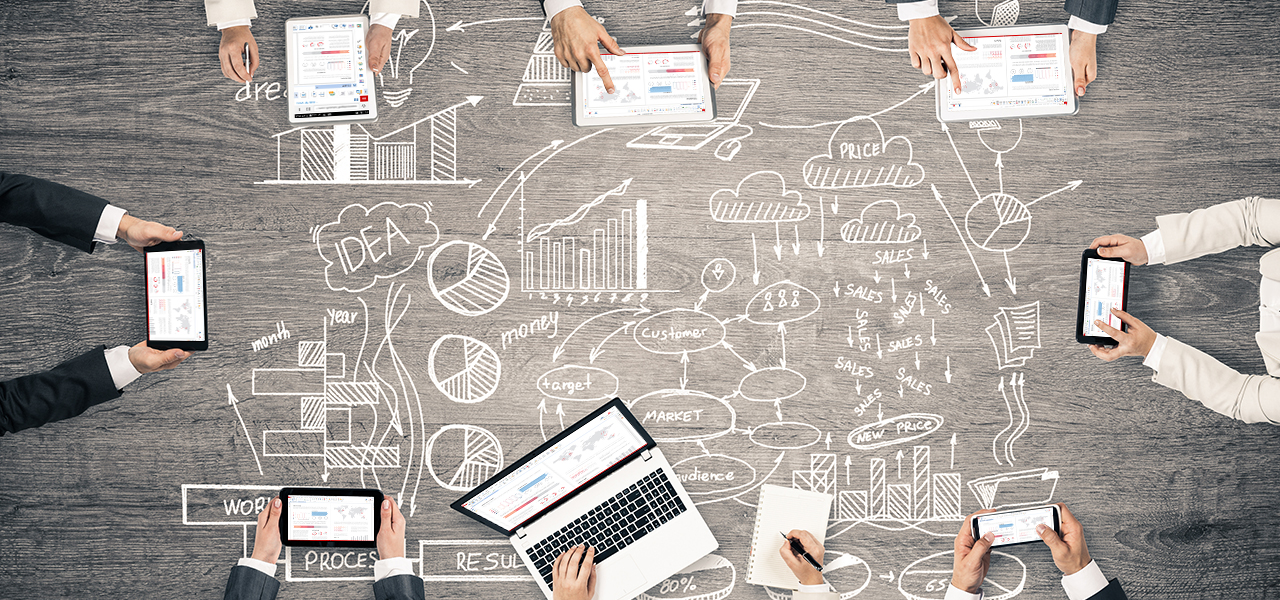
Fostering Online Collaboration: Digital media also facilitates collaboration between artists across different geographies, fostering a global art community. Collaborative projects and online art exhibitions bring together diverse perspectives and styles, creating a rich intergration of international art.
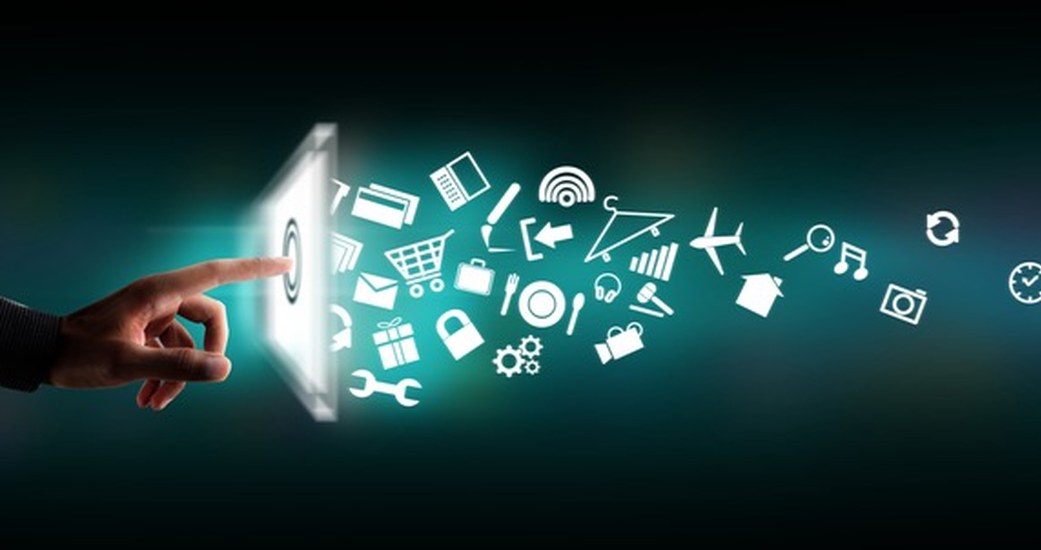
Interactive and Immersive Experiences: Digital technology enables the creation of interactive and immersive art experiences. Virtual reality (VR) and augmented reality (AR) are being used to create environments that engage the audience in a multi-sensory experience, blurring the lines between the viewer and the artwork.
- Digital Painting: Artists like David Hockney have embraced digital painting, using tablets and smartphones to create vibrant landscapes and portraits.
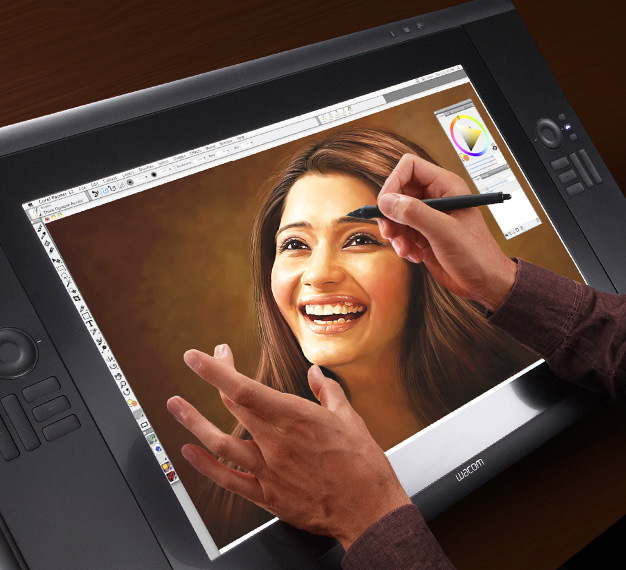
- 3D Modeling Art: Japanese artist Haruki Kudo creates intricate 3D models that blend surrealism and digital craftsmanship.
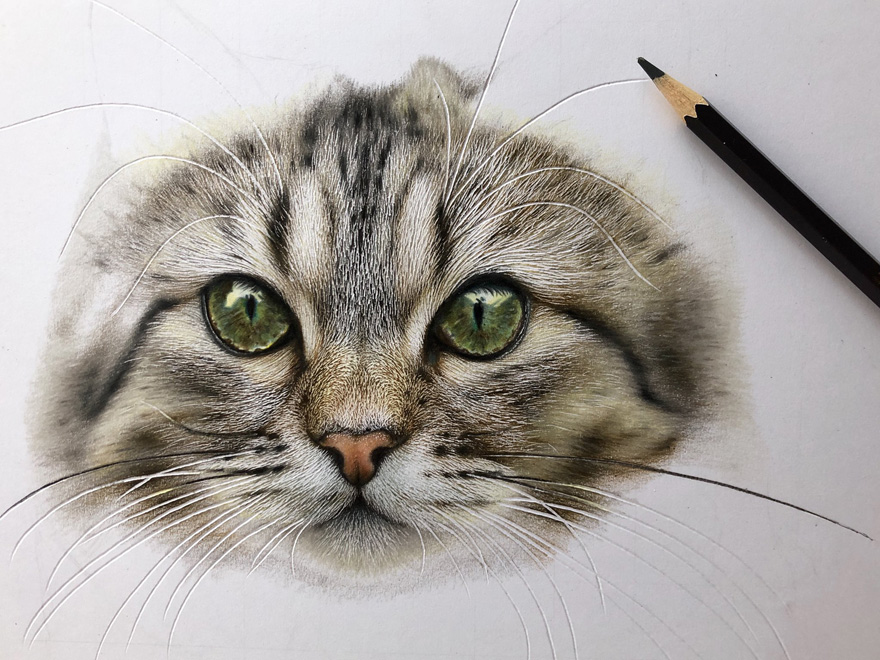
- Augmented Reality: Ai Weiwei’s AR project “Circle of Animals/Zodiac Heads” allows viewers to interact with the art pieces using their smartphones.
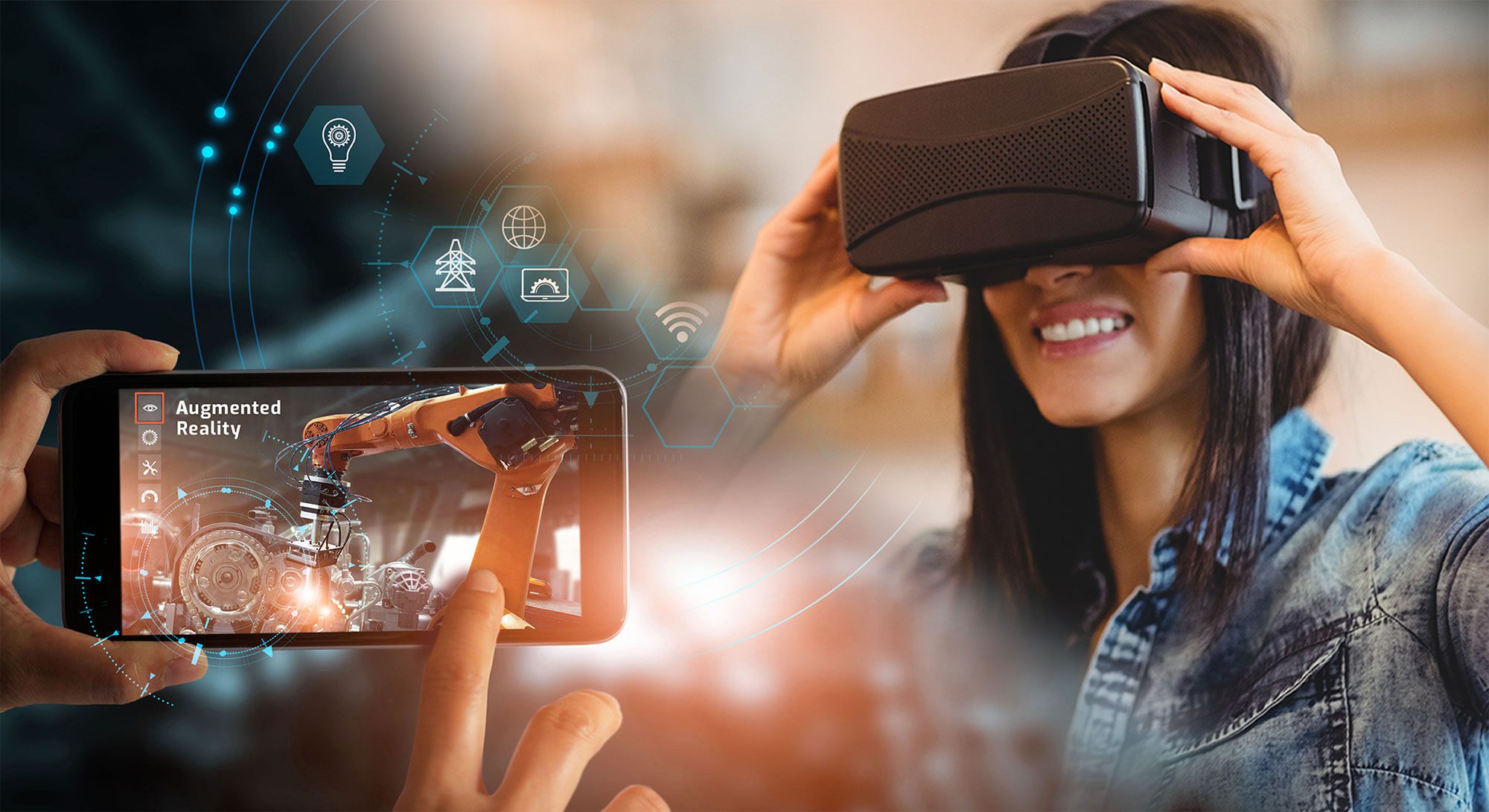
- Social Media Platforms: Artists like Sarah Bahbah are known for their use of platforms like Instagram, Facebook, Twitter and Flickr to share narrative photography, reaching a wide audience and redefining storytelling in art.
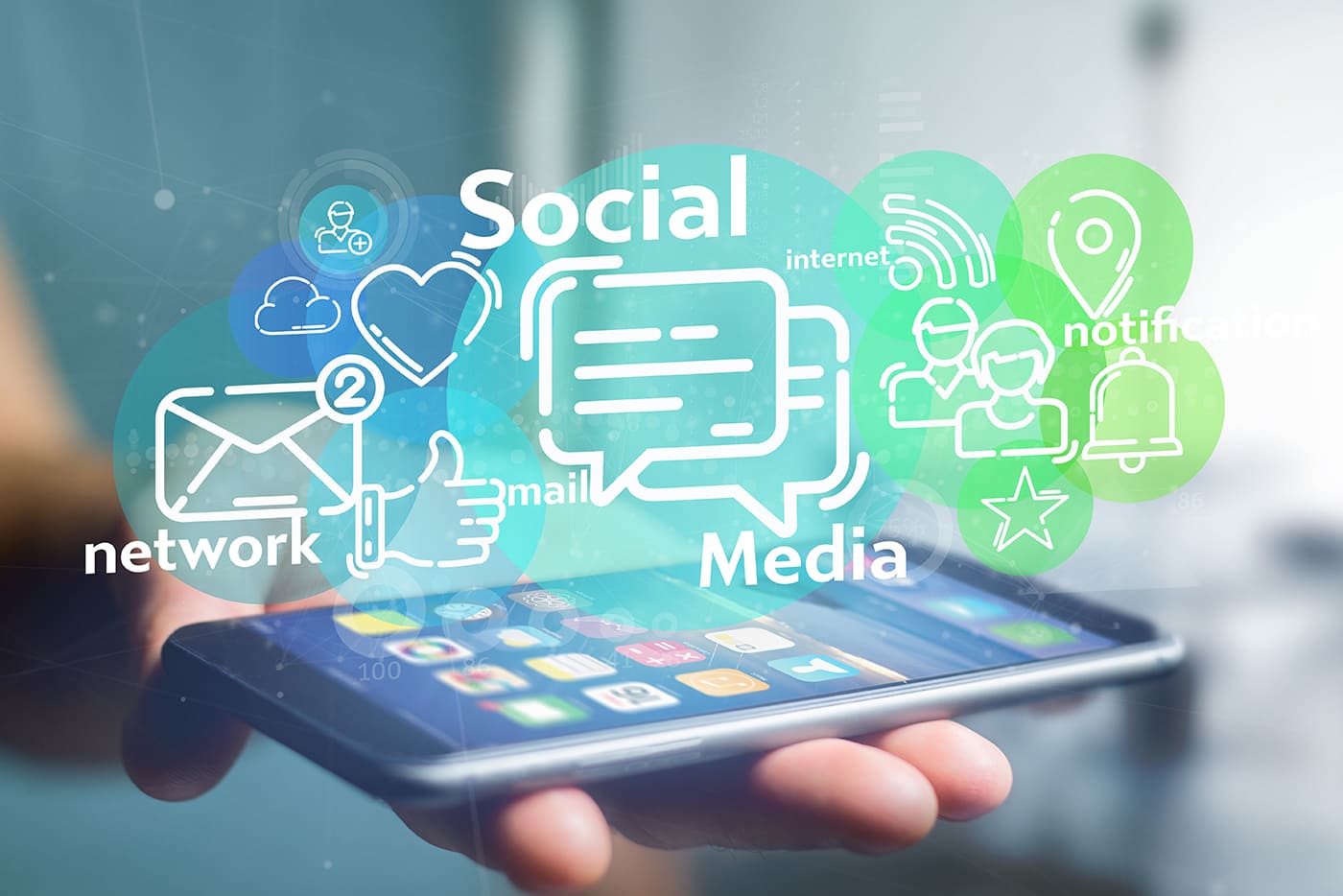
- Online Collaborations: Projects like ‘The Exquisite Corpse’ involve artists from around the globe contributing to a single piece, each adding their section without seeing the whole, facilitated through digital communication.
These examples illustrate how technology and digital media are integral to modern art, shaping how it is created, shared, and experienced, thus significantly impacting the landscape of contemporary art.
Modern artists are not just creators but digital navigators, and with this role comes a set of digital challenges. Our journey now takes us through the maze of digital artistry, where we’ll uncover the obstacles and possibilities shaping the artists’ paths.
5. Challenges and Opportunities
Remember the first line we started with? Yes, the world of modern art is not all fun and games, or roses and daisies, or unicorns and skittles, or -I guess you get it.
Let’s get our heads into the complexities that modern artists face as they navigate this digital art landscape, and discover the remarkable opportunities it presents.
Challenges:
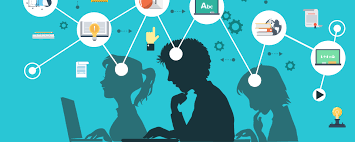
Digital Literacy: While digital technology has opened doors for artists, not everyone is well-versed in its intricacies. Many artists find themselves grappling with the learning curve of digital tools, software, and techniques.
Example: A traditional painter who has recently ventured into digital art may encounter challenges in mastering digital brushes and software interfaces.
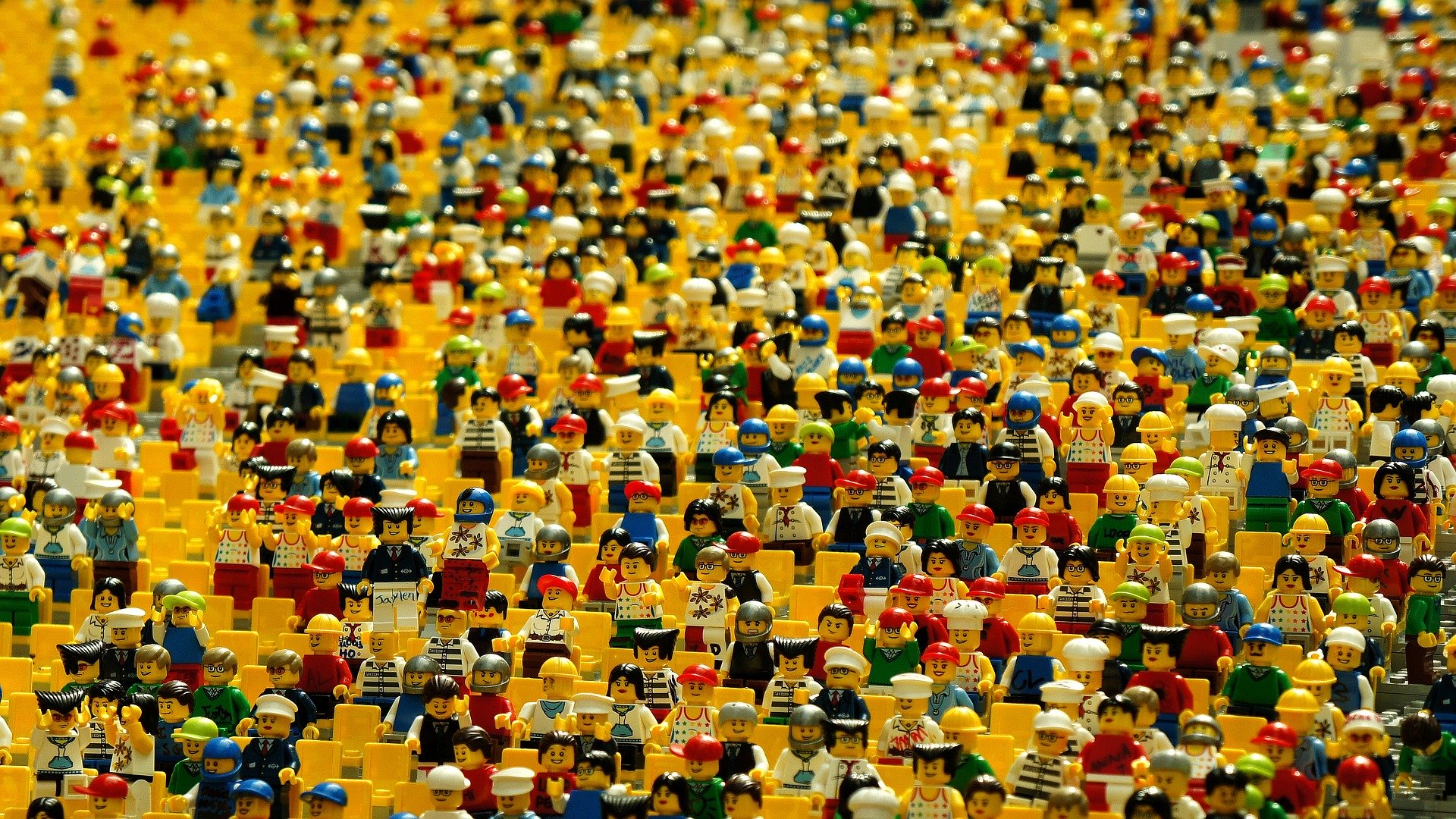
Market Saturation: The ease of sharing art online has led to a saturation of the market. Standing out amidst the abundance of digital creations can be daunting, particularly for emerging artists. The market saturation also accomodates a flooding of negative comments with potential backlash.
Example: An aspiring digital artist may struggle to gain visibility in a crowded online art community. Another artist may get discouraged due to ‘hate’ comments on their YouTube videos.
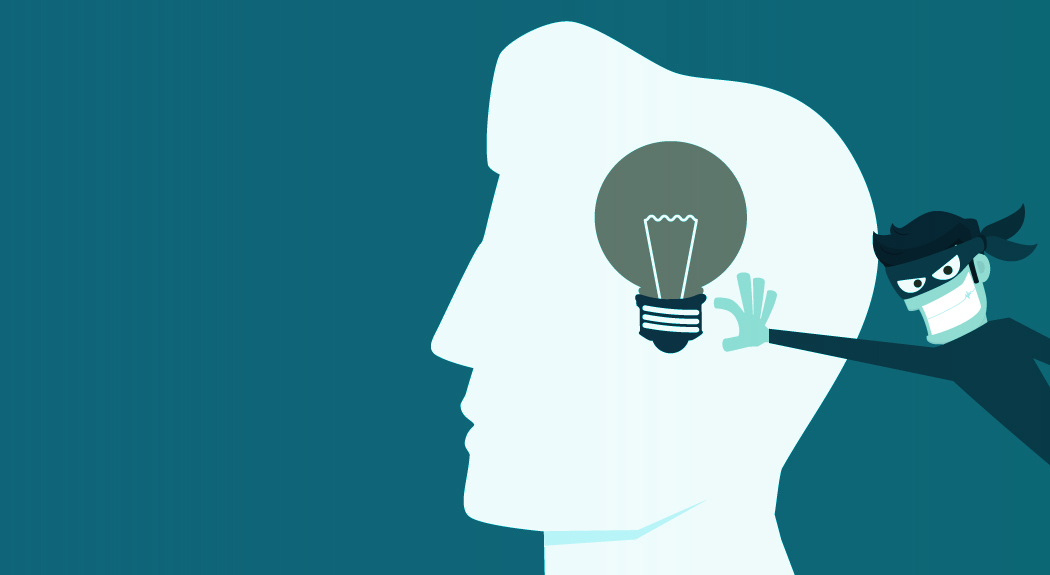
Copyright and Plagiarism: Protecting one’s digital artwork from unauthorized use or plagiarism can be challenging. Artists often need to be vigilant in safeguarding their intellectual property.
Example: An artist discovers that their digital artwork has been used without permission in a commercial project, raising concerns about copyright infringement.
So, sure there is some drawbacks but it’s not all doom and gloom, or sticks and stones, or mean muggles and death eaters – now for sure you get what I mean. Modern artists have their own Elixir of opportunities to benefit from.
Opportunities:
Global Reach: The digital realm knows no bounds, allowing artists to connect with a global audience. Emerging talents can quickly gain recognition worldwide.
Example: A digital illustrator gains a fan following on social media, attracting potential clients from different countries, possibly even monetizing their online networking accounts.
Online Communities:?Emerging artists in 2023 have access to vibrant online communities that foster collaboration and mutual support. These communities provide valuable feedback and networking opportunities.
Example: An artist participates in an online art forum, receiving constructive critique and forming connections with fellow creators.
Diverse Art Forms: The digital age has encouraged the fusion of art forms. Artists can seamlessly blend traditional and digital techniques or experiment with new media.
Example: An artist combines photography and digital painting to create captivating mixed-media artworks.
Accessibility: Digital art has made art more accessible to a broader audience. Art enthusiasts can explore virtual galleries and discover diverse artworks from the comfort of their homes.
Example: An individual with limited mobility can explore digital art exhibitions, expanding their appreciation for contemporary art.
In this landscape of challenges and opportunities, modern artists are pioneers, pushing the boundaries of artistic expression.
Going onwards and upwards we now explore case studies of artists who have navigated these challenges, leveraging digital tools to amplify their creative voices and connect with audiences in unprecedented ways.
6. Case Studies or Artist Spotlights
Congratulations on almost completing your tour through modern art in it’s essence. Let’s now dissect the minds and lives of some popular artist.
As a therapist deeply engaged in the exploration of artists’ behaviors and their creative journeys, I have meticulously analyzed the work, interviews, and life experiences of prominent artists.
The three case studies are of Yayoi Kusama, Tracey Emin, and Ai Weiwei. Through this insightful examination, I’ve uncovered fascinating facets of their lives and art that offer a unique perspective on their creative processes and personal struggles. I will attempt to share my observations, shedding light on the complex interplay between their psychological insights and artistic expressions.
 Case Study 1: Yayoi Kusama: is a renowned Japanese artist known for her mesmerizing and immersive art installations, but what lies beneath the polka dots and mirrored rooms? Lets peek into the mind of an artist who has grappled with mental health challenges and used her art as a form of therapy.
Case Study 1: Yayoi Kusama: is a renowned Japanese artist known for her mesmerizing and immersive art installations, but what lies beneath the polka dots and mirrored rooms? Lets peek into the mind of an artist who has grappled with mental health challenges and used her art as a form of therapy.
- Early Struggles and Commitment: Yayoi Kusama faced significant challenges in her early career in Japan. Despite adversity, she moved to the United States in the 1950s, where she became a prominent figure in the New York art scene.
- Infinity Rooms: Kusama is renowned for her immersive “Infinity Rooms,” but did you know that her fascination with infinity and repetition stems from her experiences with hallucinations and mental health challenges?
- Artistic Influence: Kusama’s work has influenced various art forms, including fashion. Her collaboration with Louis Vuitton resulted in a collection featuring her iconic polka dots.
- Literary Talent: Besides visual art, Kusama is a talented writer. She has published novels, poetry, and an autobiography, offering readers insights into her art and struggles.
Kusama’s art reflects her experiences with mental health challenges, including obsessive-compulsive disorder and hallucinations. Her art serves as a therapeutic outlet for her struggles, providing a sense of control and order. Simultaneously, the content creator in her establishes a personal connection with the audience, making her more relatable.
 Case Study 2: Tracey Emin: is a British contemporary artist, who is celebrated for her deeply personal and provocative artworks. But what drives her to share such intimate aspects of her life with the world? In this analysis of Emin’s journey, we uncover the profound connection between her personal experiences and her art, revealing the therapeutic nature of her creative expression.
Case Study 2: Tracey Emin: is a British contemporary artist, who is celebrated for her deeply personal and provocative artworks. But what drives her to share such intimate aspects of her life with the world? In this analysis of Emin’s journey, we uncover the profound connection between her personal experiences and her art, revealing the therapeutic nature of her creative expression.
- Personal Narratives: Tracey Emin’s art often revolves around her personal life and experiences. She once exhibited a tent with names of everyone she had ever slept with, providing an intimate and raw glimpse into her life.
- Royal Academy: Emin became a Royal Academician in 2007, a significant recognition of her contributions to the art world.
- Versatile Art Forms: While Emin is best known for her controversial and autobiographical art, she has also worked in various media, including drawing, painting, sculpture, and even neon lighting.
- Survivor of a Fire: In a lesser-known event, Emin’s studio caught fire in 2004, resulting in the loss of many of her artworks. Despite this setback, she continued to create and evolve her art.
Emin’s deeply personal works, often exploring themes of love, sexuality, trauma, and vulnerability, reflect her inner world. Emin has openly discussed her experiences with depression and the impact of a tumultuous childhood on her mental health.
Through her art, Emin engages in a form of catharsis, a process of releasing and processing intense emotions. Her work allows her to confront and express feelings that might otherwise remain hidden. In this sense, her art serves as a therapeutic outlet, enabling her to navigate the complexities of her emotional life.
Additionally, Emin’s willingness to be candid about her own struggles in interviews and public discussions contributes to mental health awareness. Her art and openness about her experiences help reduce stigma and encourage conversations about mental well-being. Emin’s journey as an artist is not only a testament to personal growth and healing but also an inspiration to others facing similar challenges.
 Case Study 3: Ai Weiwei: the Chinese artist and activist, has made a global impact with his art and outspoken advocacy. But how does his own life, marked by political activism and personal struggles, shape his art and message? In this examination of Ai Weiwei’s work, we unravel the complexities of an artist whose art is both a form of resistance and personal therapy.
Case Study 3: Ai Weiwei: the Chinese artist and activist, has made a global impact with his art and outspoken advocacy. But how does his own life, marked by political activism and personal struggles, shape his art and message? In this examination of Ai Weiwei’s work, we unravel the complexities of an artist whose art is both a form of resistance and personal therapy.
- Architecture and Design: Ai Weiwei’s talents extend beyond visual art. He has designed notable architectural projects, including the Beijing National Stadium (known as the “Bird’s Nest”) for the 2008 Olympics.
- Activism and Dissent: Ai Weiwei is not only an artist but also a prominent activist. His outspoken criticism of the Chinese government’s human rights abuses led to his arrest and detainment in 2011.
- Diverse Mediums: In addition to sculpture and installations, Ai Weiwei has worked with various mediums, such as photography and documentary filmmaking. His film “Human Flow” sheds light on the global refugee crisis.
- Personal Sacrifices: Ai Weiwei’s commitment to social justice often comes at personal cost. He once paid a substantial fine as a result of a crowd-funded campaign by his supporters in response to alleged tax evasion.
Ai Weiwei’s art and activism are deeply intertwined with his personal experiences, including his time in detention and house arrest. His work can be seen as a form of resilience and a way to cope with the psychological toll of political oppression. Art serves as both a means of self-expression and a platform for social commentary.
Furthermore, Ai’s willingness to confront authorities, despite facing government harassment and imprisonment, demonstrates resilience and courage. His psyche is one of an artist-activist who refuses to be silenced and continues to speak out against injustice, even at great personal risk.
In essence, Ai Weiwei’s psyche is characterized by a deep sense of social responsibility, a commitment to justice, and the courage to use his art as a tool for change. His experiences, from exile to activism, have forged a unique mindset that drives his artistic endeavors and advocacy work.
It is worth mentioning the following artists who also managed to turn their respective modern day challenges in to an opportunity for artistic expression.
 Banksy’s Shredded Artwork: In 2018, Banksy’s artwork “Girl With Balloon” shredded itself after being sold at auction. This surprising act brought huge media attention and increased both the artwork’s value and Banksy’s fame.
Banksy’s Shredded Artwork: In 2018, Banksy’s artwork “Girl With Balloon” shredded itself after being sold at auction. This surprising act brought huge media attention and increased both the artwork’s value and Banksy’s fame.
 Kehinde Wiley’s Presidential Portrait: Kehinde Wiley faced mixed reactions for his portrait of President Obama. He used the feedback to discuss art representation and challenge traditional portraiture, enhancing his stature as a contemporary artist.
Kehinde Wiley’s Presidential Portrait: Kehinde Wiley faced mixed reactions for his portrait of President Obama. He used the feedback to discuss art representation and challenge traditional portraiture, enhancing his stature as a contemporary artist.
 Yoko Ono’s Social Media Engagement: Yoko Ono, often criticized online, especially for her link to The Beatles, uses social media to promote peace. She interacts with critics using art and dialogue, staying relevant in modern art conversations.
Yoko Ono’s Social Media Engagement: Yoko Ono, often criticized online, especially for her link to The Beatles, uses social media to promote peace. She interacts with critics using art and dialogue, staying relevant in modern art conversations.
 Marina Abramovi?’s Virtual Reality Experimentation: Marina Abramovi?, despite skepticism, used virtual reality in her art, particularly in “Rising,” a project about climate change. This move broadened her art’s appeal to a tech-focused audience.
Marina Abramovi?’s Virtual Reality Experimentation: Marina Abramovi?, despite skepticism, used virtual reality in her art, particularly in “Rising,” a project about climate change. This move broadened her art’s appeal to a tech-focused audience.
In examining the diverse yet interconnected worlds of these artists, we’ve witnessed how art can be a mirror to society, a vessel for personal transformation, and a catalyst for change. As we wrap up our exploration, let’s draw upon the common threads that emerge and ponder the enduring impact of their contributions.
~~~
In 2023, well almost 2024, the world of modern art thrives with diversity and innovation, reflecting the richness of the human experience. Artists have embraced digital tools, fostering online communities and using art for therapy, self-expression, and activism. While the internet hosts a spectrum of content, from mindless to profound, art remains a subjective realm shaped by individual taste and perspective. Whether you’re captivated by a polka-dotted room, moved by a personal narrative, or inspired to create change, remember that in 2023, art is a mirror that faithfully portrays our ever-evolving human journey.
Embrace the opportunity modern art is giving you through its diversity, find inspiration, and perhaps even create your own masterpiece. The canvas is yours to explore and paint. Take the brush and some unicorn magic, good luck creating!














Leave a Reply